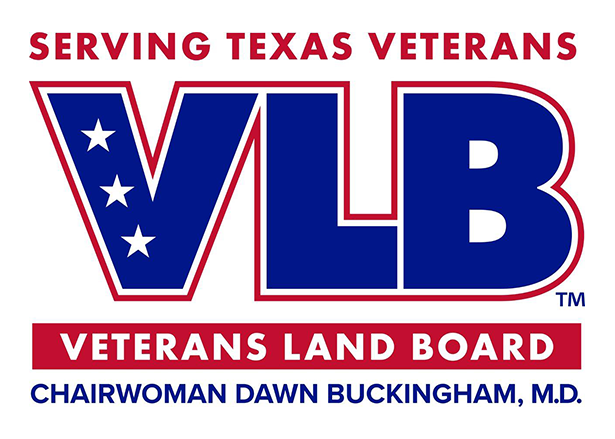Funds to improve wastewater and sewer infrastructure approved for the city of Madisonville
Today Texas Land Commissioner George P. Bush and City Manager Camilla Viator announced the Texas General Land Office (GLO) approved $6.5 million in flood mitigation projects to improve wastewater and sewer infrastructure in Madison County and the City of Madisonville. These infrastructure projects will directly benefit thousands of residents in a majority low-to-moderate income (LMI) area that has faced repetitive storm damage in 2015, 2016, and in 2017 with Hurricane Harvey.
“Texas has, unfortunately led the nation in disaster declarations, and many of the areas hit hardest by repetitive flooding have never had access to the funding needed to protect their residents,” said Commissioner Bush. “The historic funding we’re announcing today for the city of Madisonville will go directly to wastewater and drainage improvements that will help fortify homes, businesses and critical infrastructure against future disasters for generations.”
“Even during normal storm events, the resulting water runoff can overwhelm our sewage and drainage system, as well as our water treatment plant,” said City Manager Camilla Viator. “This $6.5 million in funding is going to fund a vital improvement project, which will ultimately reduce the risk of a catastrophic failure of the town's wastewater infrastructure. On behalf of the City of Madisonville, I want to sincerely thank Commissioner George P. Bush and the GLO for recognizing the tremendous need for this project, which will help protect some of our most vulnerable families.”
In May 2020, Commissioner George P. Bush announced the kick-off of the application process for the first round of more than $2.3 billion in Community Development Block Grant Mitigation (CDBG-MIT) funds from the U.S. Department of Housing and Urban Development (HUD) to protect Texas communities hit by Hurricane Harvey and severe flooding in 2015 and 2016. During the first round, the GLO conducted three competitive application programs from the CDBG-MIT Action Plan. Those programs include:
- 2015 Floods State Mitigation Competition – GLO awarded $31,426,781 to four grantees.
- 2016 Floods State Mitigation Competition – GLO awarded 21 grantees with $135,462,438.
- Hurricane Harvey State Mitigation Competition Round 1 ($1 billion of $2,144,776,720 total).
Applications closed for the first round of funding October 28, 2020, and the GLO evaluated all 290 submitted applications in accordance with the HUD approved scoring criteria. Eligible applications with the highest scores were awarded funds. The second round of the competition will award the remaining $1,144,776,720 in mitigation funding to Hurricane Harvey eligible entities.
HUD defines mitigation as activities that increase resilience to disasters and reduce or eliminate the long-term risk of loss of life, injury, damage to and loss of property, and suffering and hardship, by lessening the impact of future disasters. HUD requires that at least 50% of total funds must be used for activities benefiting low- to moderate-income (LMI) persons.
The State of Texas CDBG Mitigation Action Plan: Building Stronger for a Resilient Future outlines the use of funds, programs, eligible applicants, and eligibility criteria as required by HUD. The plan was sent to HUD on February 3, 2020, after an extraordinary public outreach effort including a 50-day public comment period and eight regional public hearings, far-surpassing HUD requirements. HUD approved the plan March 31, 2020. For more information, please visit recovery.texas.gov/mitigation.
City of Madisonville: Wastewater (Sewer) System Improvement - $6,525,000
LMI Percentage: 53.56%
Portions of the sewer system experience high Infiltration & Inflow (I&I) during storm events. The storm water causes the sewer system & the downstream wastewater treatment plant (WWTP) to become inundated & overwhelmed with storm water during normal storm events. The flooding that occurs at the WWTP can result in overflows causing wastewater to pass untreated into the environment, cause disruption to the treatment system, and damage equipment.
The objective is to alleviate infiltration and inflow at the highest risk areas of the city and reduce the total volume of water that is conveyed to the WWTP. The project will reduce the risk of a catastrophic failure of the town's wastewater infrastructure.
The improvements are broken into two activities:
Sewer infrastructure improvements:
- Replace 30,400 linear feet of gravity sewer line throughout the city
- Replace manholes with new manholes designed to ensure surface flooding will not cause storm water to enter the sewer system
WWTP flood control & drainage improvements:
- Replace buried & undersized culvert on site
- Create a drainage ditch
- Install two area inlets and grade the area around the clarifiers








